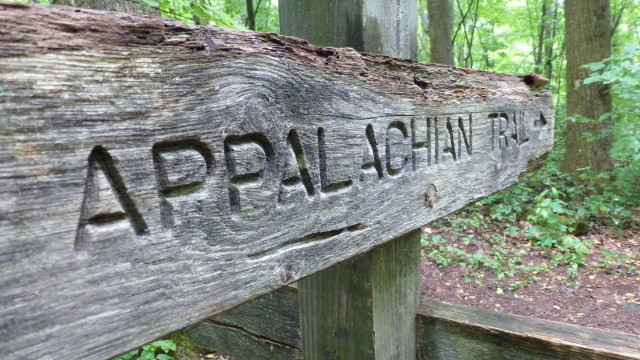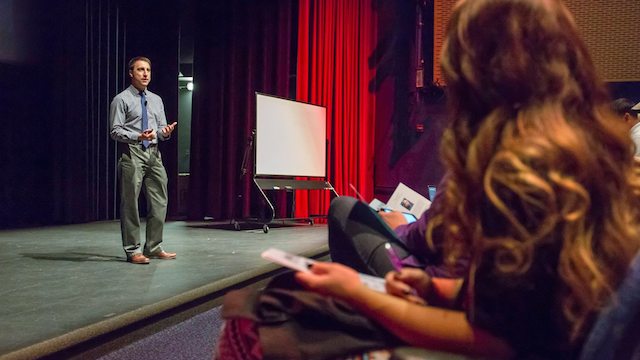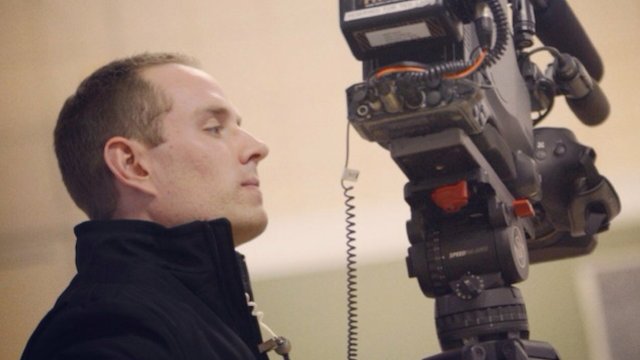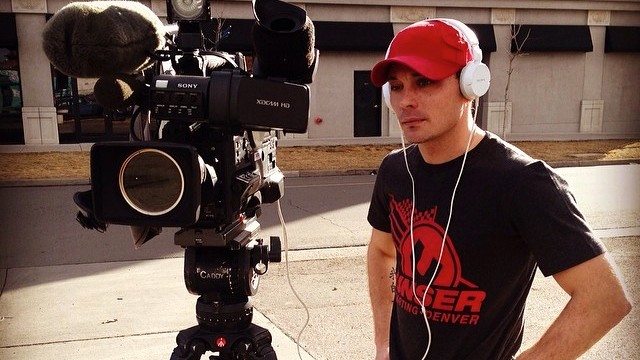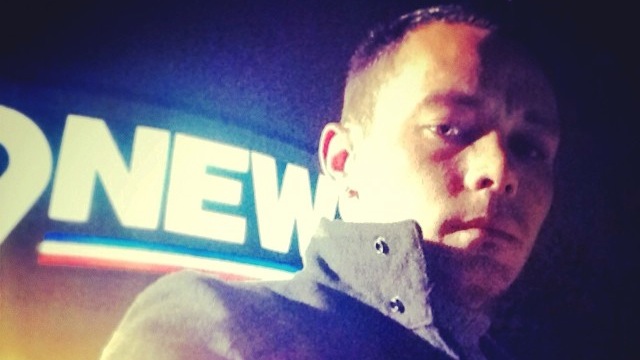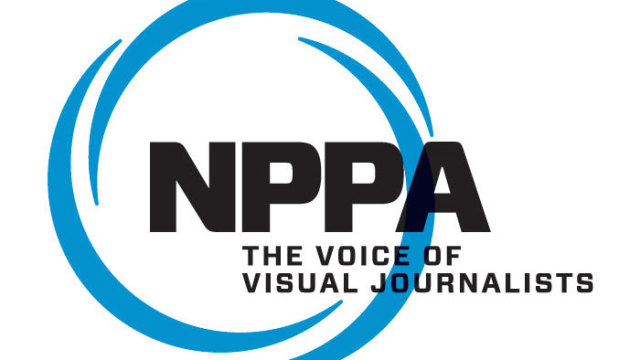I am spending the next few weeks looking back at 2014, recapping the best stories I watched or read while also reflecting on my favorite blog posts of the year.
For whatever reason, I have had a lot to write about.
I remember feeling somewhat nervous as I began my second year of writing for the Telling The Story blog. Would I start to run thin on topics? Would I lose the momentum I had developed last year?
Far from it.
Between my Olympics journey and several other professional successes, I found plenty of blogging inspiration during 2014.
Here are my five favorite entries from the past year, with excerpts; thank you all for reading:
An outstanding NPPA honor, and a prideful achievement (3/26/14): At the moment when I received one of the greatest honors of my career, I could not have felt less prestigious.
I was not dressed in my black-tie finest, attending some lavish awards banquet, hoping to walk up on a stage and give an acceptance speech. I was not surrounded by my colleagues, loved ones, and journalists from all over.
I was sitting alone on my couch, in my gym clothes, staring at a laptop.
And that was completely, absolutely, undoubtedly fine.
The TV branch of the National Press Photographers Association, or NPPA, held its annual awards show Monday night. The association named its photographers and stations of the year for each of its three regions. It also named its national Solo Video Journalist of the Year, in a category full of talented one-person bands who shoot and edit their own reports.
I am thrilled to announce that I was named 2013’s Solo Video Journalist of the Year. (more…)
